Welcome to RetrofitVision
A groundbreaking platform designed to simplify and streamline the generation of building retrofit plan reports.
To address the complexities of creating effective retrofit strategy reports, we’ve developed innovative solutions that automate key processes and enhance efficiency.
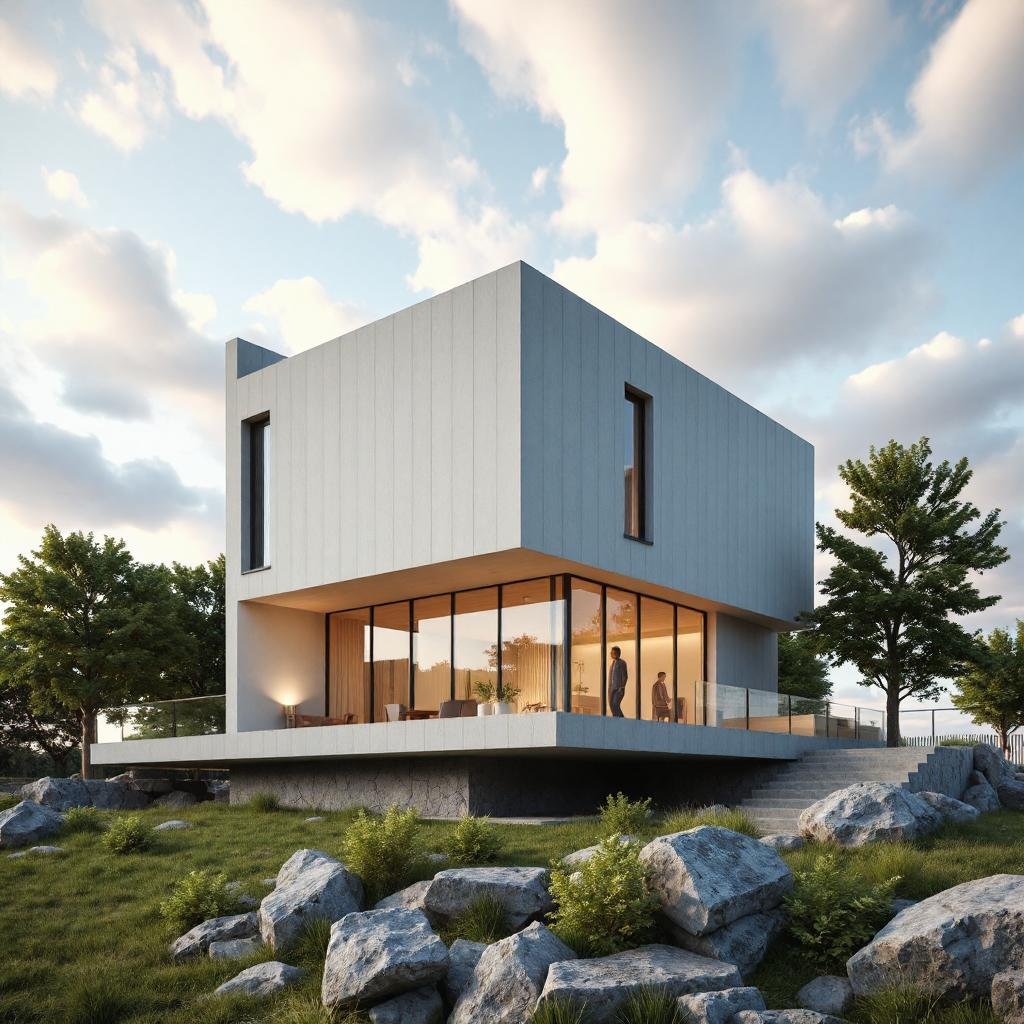
Key Features:

Standards Compliance

Easy Data Input

Data Acquisition Services

Automated Analysis and Reporting

Intuitive User Interface
Problems and Solutions
Differences Between Traditional Reports and IBCA Reports
| Parameters | RetrofitVision IBCA1 Reports | Traditional BCA2 Reports |
|---|---|---|
| Familiarity with Existing Systems | × Traditional methods may be more familiar to users |  Widely used, familiar methods
Widely used, familiar methods |
| Adaptability to Diverse Building Types |  Widely used, familiar methods
Widely used, familiar methods |
× Limited adaptability, manual adjustments required |
| Proven Methodologies |  Built on advanced, validated meta-model optimization techniques
Built on advanced, validated meta-model optimization techniques |
 Established but slower methods
Established but slower methods |
| Need for Training |  Minimal training required due to intuitive interface
Minimal training required due to intuitive interface |
× Limited need, familiar but manual systems |
| Automated Data Gathering |  Fully automated with drones, sensors, and real-time data collection
Fully automated with drones, sensors, and real-time data collection |
× Manual, labor-intensive data gathering |
| Interactive Data Visualization |  3D modeling and thermal imaging for dynamic building insights
3D modeling and thermal imaging for dynamic building insights |
× Static images, limited interactivity |
| Energy Modeling and Simulation |  Uses advanced tools (DesignBuilder, EnergyPlus) for energy modeling
Uses advanced tools (DesignBuilder, EnergyPlus) for energy modeling |
× Limited or no energy modeling |
| Meta-Model Based Optimization |  Metamodel-based, allowing rapid evaluation of multiple retrofit options
Metamodel-based, allowing rapid evaluation of multiple retrofit options |
× Simulation-only, slower to evaluate options |
| Predictive Analytics |  Uses AI-driven predictive analytics for maintenance and future retrofits
Uses AI-driven predictive analytics for maintenance and future retrofits |
× Lacks predictive capabilities |
| User-Friendly UI/UX |  Intuitive, easy-to-navigate interface accessible to all users
Intuitive, easy-to-navigate interface accessible to all users |
× Requires technical expertise for report interpretation |
| Artificial Intelligence (AI) Integration |  AI-enhanced data analysis for precise decision-making
AI-enhanced data analysis for precise decision-making |
× No AI-driven insights |
| Energy Star/NECB Compliance |  Built-in Compliance check with energy reporting standards such as NECB
Built-in Compliance check with energy reporting standards such as NECB |
× Requires manual compliance checking |
| Dynamic Reporting |  Real-time, interactive reports with ongoing updates
Real-time, interactive reports with ongoing updates |
× Static, one-time reports |
| Scalability for Large Projects |  Integrated with Geographic Information Systems for urban energy modeling
Integrated with Geographic Information Systems for urban energy modeling |
× No GIS or urban-scale energy capabilities |
| Cost-effectiveness |  Reduces long-term costs through automation and energy savings
Reduces long-term costs through automation and energy savings |
× Higher costs due to manual labor and inefficiencies |
- Innovative Building Condition Assessment
- Building Condition Assessment
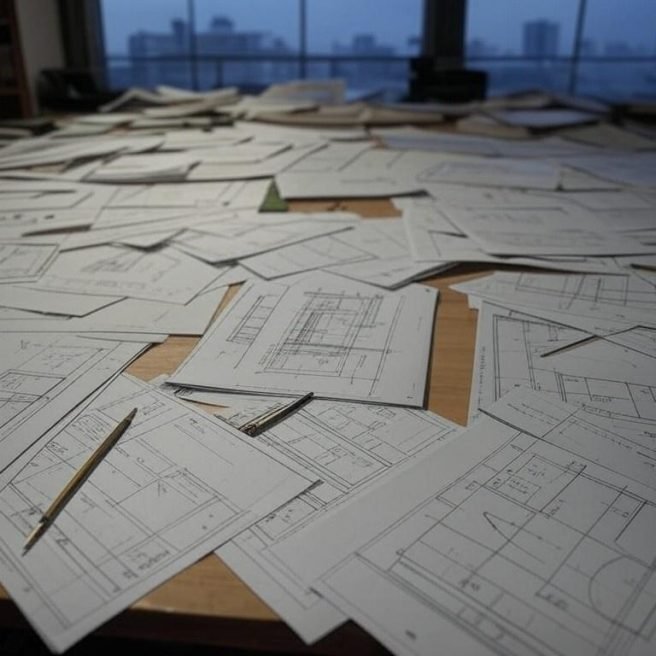
Our platform automates data analysis and report generation (Click Here to see the type of reports), providing the insights you need to develop effective, data-driven retrofit strategies that meet global standards like NECB and ASHRAE.
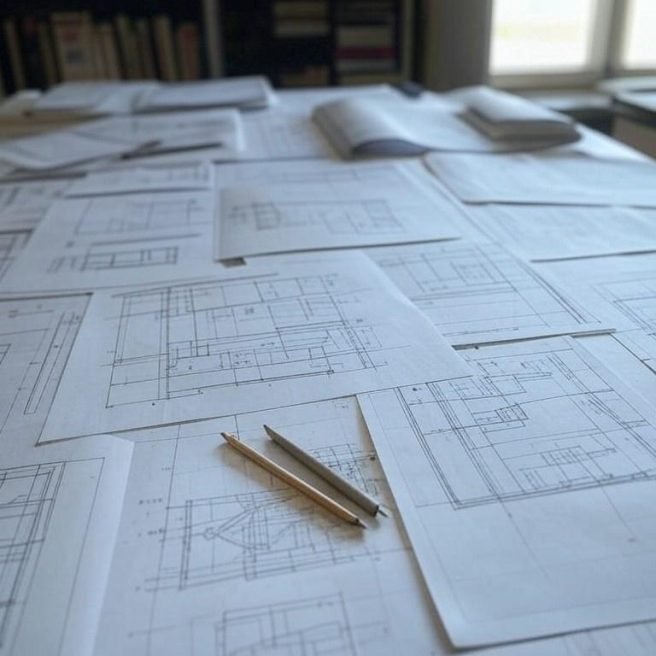
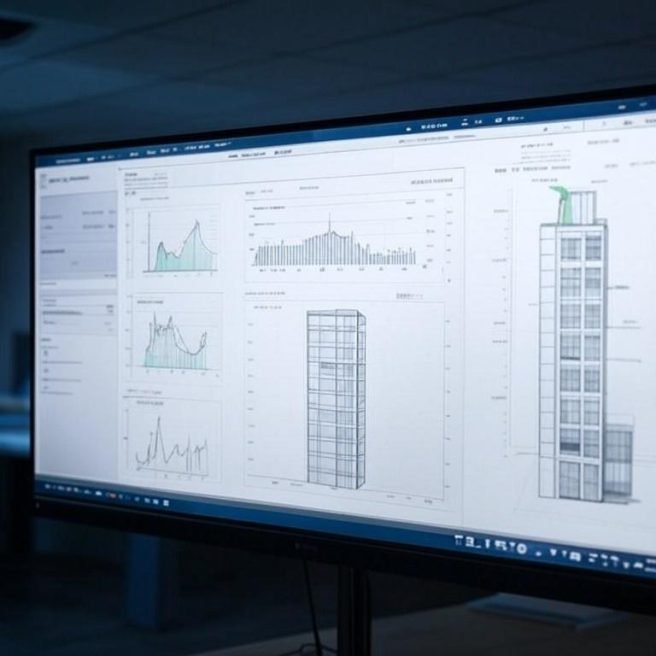
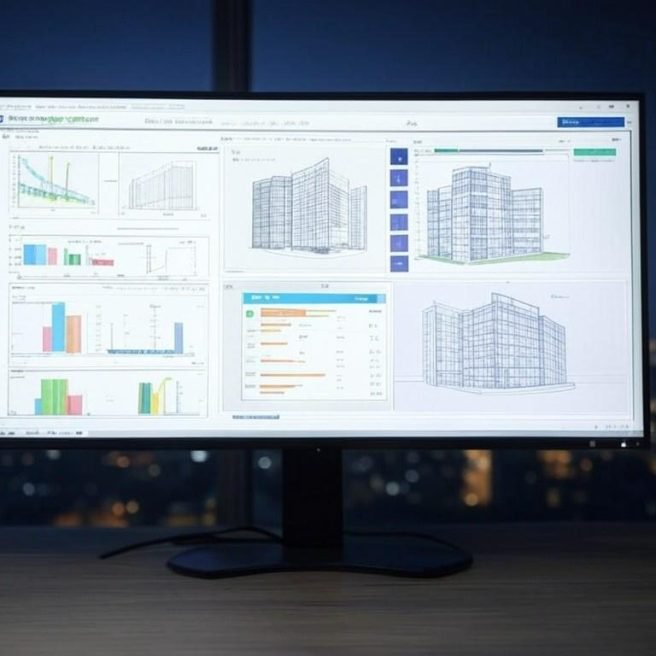
LLM (Large Language Models) can help create building retrofit reports by:
- Summarizing data: Taking lots of technical info and making short, easy-to-understand summaries.
- Writing report sections: Generating text for different parts of the report, like descriptions of the building or recommended upgrades.
- Adapting language: Changing the report’s wording to suit different audiences (e.g., building owners or engineers).
Basically, LLMs save time and effort by automating some of the writing involved in creating detailed building retrofit plans.
Standards
ASHRAE (American Society of Heating, Refrigerating, and Air-Conditioning Engineers) doesn’t produce one single “ASHRAE report.” Instead, they publish a wide range of documents, including:
- Standards: These are mandatory requirements for specific systems, equipment, or practices.
- Guidelines: These are recommendations or best practices for the design, installation, and operation of HVAC&R systems.
- Handbooks: These are comprehensive reference manuals covering various aspects of HVAC&R engineering.
- Research Reports: These document the findings of research projects funded or conducted by ASHRAE.
The primary purpose of a LEED report is to document how a building project meets the requirements of the LEED rating system and to demonstrate its achievement in key areas of human and environmental health. This report is submitted to the Green Business Certification Inc. (GBCI) for review and certification.
BOMA (Building Owners and Managers Association, www.boma.ca ) offers various resources and publications, but when you say “BOMA report,” it likely refers to reports related to their BOMA BEST (Building Environmental Standards) program or their market studies.
BOMA BEST is a sustainable building certification program in Canada. Its reports aim to assess and benchmark the environmental performance of existing buildings.
Energy Modeling Reports
- Predict Energy Performance: The primary goal is to estimate how much energy a building will use for heating, cooling, lighting, and other systems.
- Evaluate Design Options: By modeling different design options or retrofit measures, architects and engineers can compare their energy performance and choose the most efficient solutions.
- Demonstrate Code Compliance: Many building codes and green building certifications (like LEED) require energy modeling to demonstrate compliance with energy efficiency standards.
- Optimize Building Operation: Energy models can optimize building operations by identifying opportunities to reduce energy consumption without compromising occupant comfort.
- Support Incentive Programs: Some utility companies and government agencies offer incentives for energy-efficient buildings, and energy modeling reports are often required to qualify for these programs.
Read More >
About us
At Retrofit Vision, we are building an advanced software platform designed to simplify and streamline the creation of essential industry-standard reports for retrofit planning. Starting with foundational reports such as building condition assessments, our platform will evolve to support more sophisticated analyses, including innovative energy modeling reports. We aim to provide comprehensive solutions that align with local, national, and international standards, including ASHRAE standard. Retrofit Vision empowers users to create actionable retrofit plans and implement tailored solutions to achieve sustainable, energy-efficient outcomes.
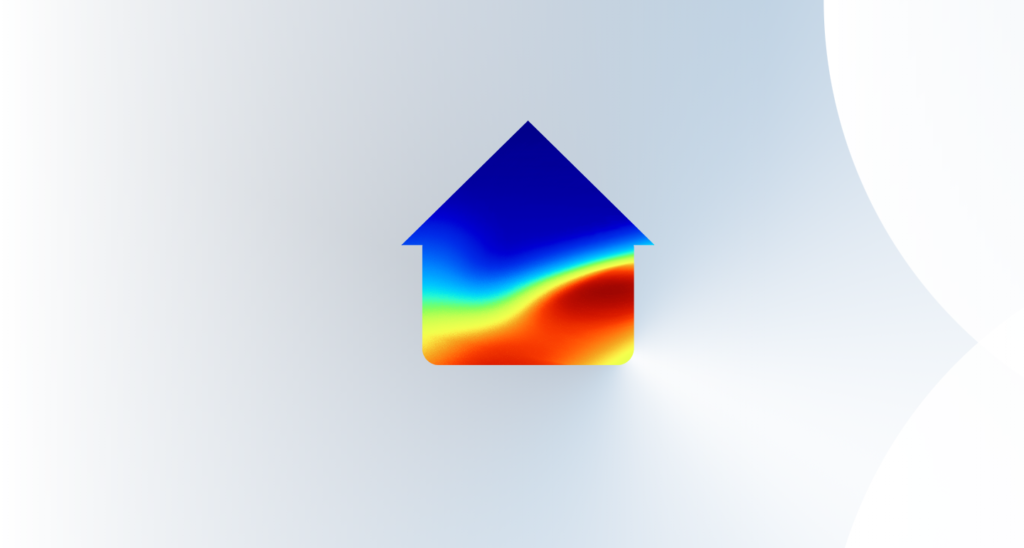
Our team
Meet the passionate experts behind RetrofitVision.
Drop Us a Line
We are always looking for a next great project.
Get in Touch
We appreciate every customer and are confident that our innovative solutions will create long-lasting partnerships as we grow.
info@retrofitvision.com
We are on Socials







